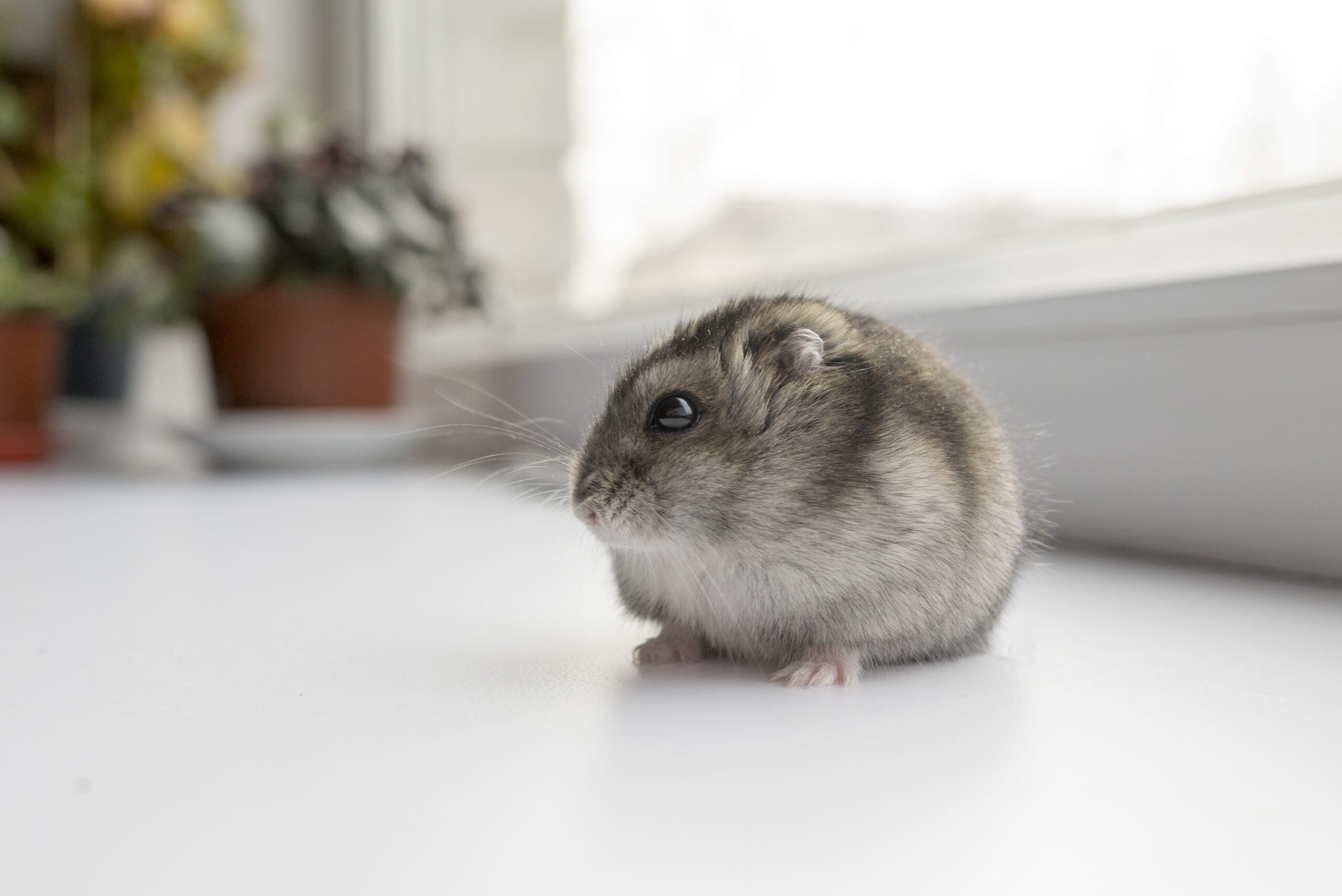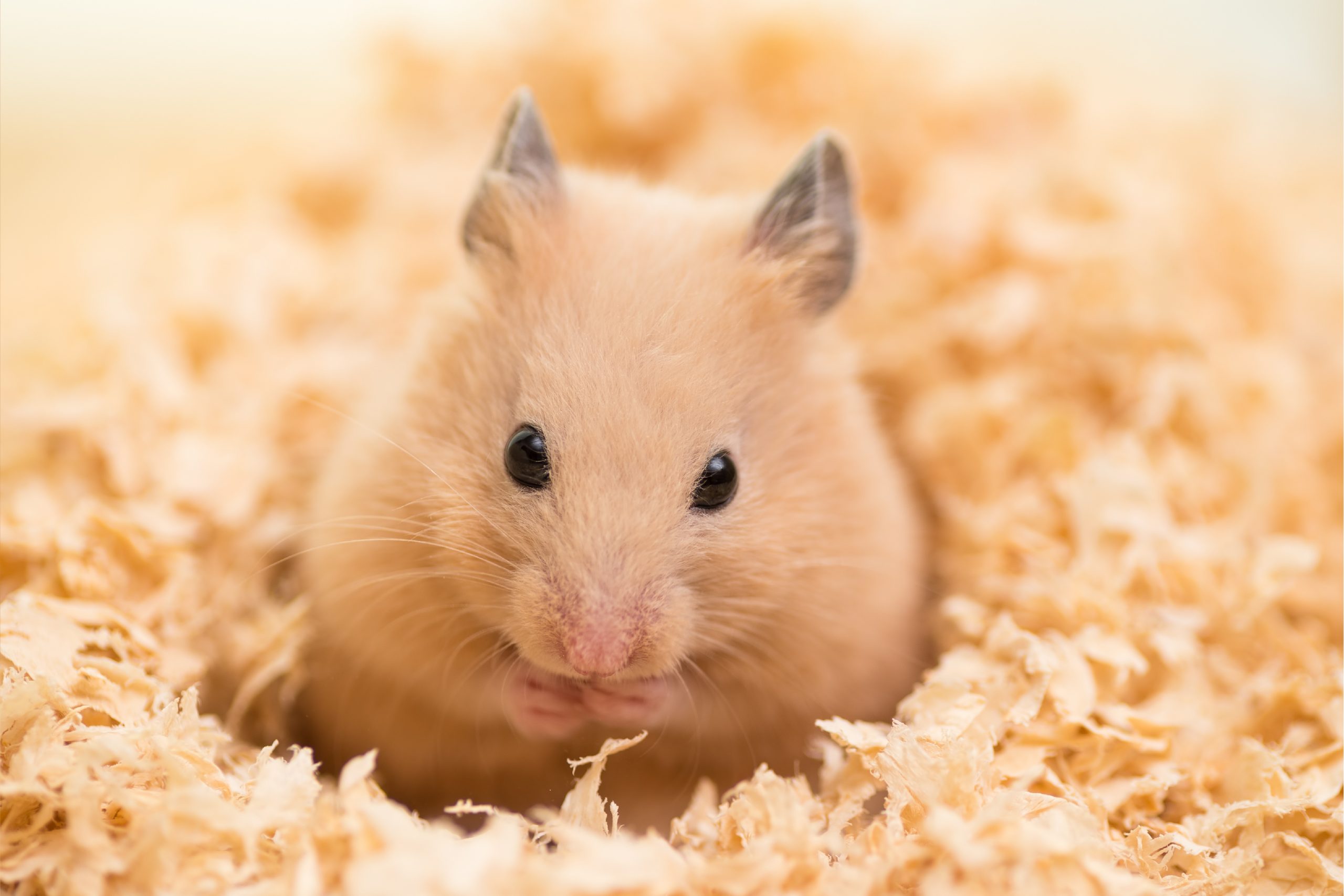How Do You Know Your Hamster Is Hibernating? A Comprehensive Guide
Hamsters, especially those in colder climates, can sometimes enter a state of torpor, which is often mistaken for hibernation. While true hibernation is rare in domestic hamsters, understanding the signs of this behavior can help you ensure your pet's well-being. This guide will walk you through everything you need to know about identifying hibernation in hamsters, the differences between hibernation and illness, and how to care for your hamster during this period. Hamsters are naturally resilient creatures, but their small size makes them highly sensitive to environmental changes. When temperatures drop significantly, some hamsters may exhibit behaviors that mimic hibernation. These behaviors include reduced activity, slowed breathing, and a drop in body temperature. However, it’s crucial to distinguish between hibernation and serious health conditions like hypothermia or illness. Misinterpreting these signs could lead to improper care, which might endanger your pet’s life. By the end of this article, you’ll have a clear understanding of how to identify and respond to your hamster’s behavior, ensuring their safety and comfort. In this comprehensive guide, we’ll explore the science behind hibernation in hamsters, the factors that trigger it, and practical steps you can take to care for your pet during this time. Whether you’re a new hamster owner or a seasoned pet enthusiast, this article will equip you with the knowledge you need to make informed decisions. Let’s dive into the details and answer the pressing question: How do you know your hamster is hibernating?
- What Is Hibernation in Hamsters?
- How Do You Know Your Hamster Is Hibernating?
- Is Your Hamster Hibernating or Sick?
- What Triggers Hibernation in Hamsters?
- How to Care for a Hibernating Hamster
- Can You Prevent Hibernation in Hamsters?
- What Are the Risks of Hibernation in Domestic Hamsters?
- Frequently Asked Questions About Hamster Hibernation
What Is Hibernation in Hamsters?
Hibernation is a natural survival mechanism that some animals use to conserve energy during periods of extreme cold or food scarcity. While wild hamsters, particularly those in colder regions, may enter a state of hibernation, domestic hamsters rarely do so. Instead, they may enter a state of torpor, which is a temporary period of inactivity and reduced metabolic rate. Torpor is often mistaken for hibernation, but it is a shorter and less profound state of dormancy.
During torpor, a hamster’s body temperature drops, their breathing slows, and they become less responsive to external stimuli. This state allows them to conserve energy when environmental conditions are unfavorable. However, unlike true hibernation, torpor is not a long-term solution and is typically reversed when conditions improve. It’s important to note that not all hamster species exhibit this behavior, and some may be more prone to it than others.
Read also:Discover Robie Uniacke A Journey Into His Life And Achievements
Understanding the distinction between hibernation and torpor is crucial for hamster owners. While wild hamsters may hibernate for weeks or even months, domestic hamsters are not biologically equipped for extended periods of dormancy. If your hamster appears to be hibernating, it’s essential to assess their environment and health to determine whether they are in torpor or experiencing a medical issue. This knowledge will help you provide the appropriate care and ensure your pet’s well-being.
How Do You Know Your Hamster Is Hibernating?
Recognizing the signs of hibernation in hamsters is the first step toward ensuring their safety. If your hamster suddenly becomes lethargic, unresponsive, or difficult to wake, it may be entering a state of torpor. One of the most noticeable signs is a significant drop in body temperature. You can gently touch your hamster to check if they feel colder than usual. Additionally, their breathing will slow down, and you may notice a lack of movement in their whiskers or chest.
Another indicator is a change in behavior. A hamster in torpor will often curl up into a tight ball and remain in one spot for an extended period. They may also lose interest in food and water, which can be alarming for pet owners. However, it’s important to remember that these behaviors are temporary and part of the torpor process. Unlike illness, a hamster in torpor will not exhibit symptoms like labored breathing, discharge from the eyes or nose, or signs of pain.
To confirm whether your hamster is hibernating, observe their surroundings. Is the room temperature unusually low? Has their cage been exposed to drafts or cold air? These environmental factors can trigger torpor in hamsters. If you suspect your hamster is in torpor, take steps to gradually warm their environment and monitor their behavior. With proper care, they should return to their normal state within a few hours.
Is Your Hamster Hibernating or Sick?
One of the most common concerns for hamster owners is distinguishing between hibernation and illness. While the symptoms may appear similar, there are key differences that can help you identify the underlying issue. For instance, a sick hamster may exhibit signs of distress, such as wheezing, sneezing, or discharge from the eyes and nose. These symptoms are not typically associated with hibernation or torpor.
What Are the Signs of Illness in Hamsters?
- Labored Breathing: Unlike the slow, shallow breathing of a hibernating hamster, a sick hamster may struggle to breathe or exhibit rapid, irregular breathing patterns.
- Loss of Appetite: While a hibernating hamster will temporarily stop eating, a sick hamster may refuse food for an extended period and show signs of weight loss.
- Unusual Discharge: Watery eyes, nasal discharge, or wet fur around the mouth can indicate an infection or respiratory issue.
How Can You Tell the Difference?
To determine whether your hamster is hibernating or sick, consider their environment and behavior. A hamster in torpor will typically respond to gentle stimulation, such as being picked up or having their cage warmed. In contrast, a sick hamster may remain unresponsive or show signs of discomfort when handled. If you’re unsure, consult a veterinarian for a professional diagnosis.
Read also:Ant Anstead Net Worth Unveiling The Life Career And Financial Success Of A Renowned Car Expert
What Triggers Hibernation in Hamsters?
Understanding the triggers of hibernation in hamsters can help you create a safe and comfortable environment for your pet. The primary factor is temperature. Hamsters are sensitive to cold, and a drop in room temperature below 65°F (18°C) can cause them to enter torpor. Drafts, cold floors, or proximity to windows can also contribute to this behavior.
Another trigger is lack of food or water. While domestic hamsters are provided with regular meals, stress or changes in their routine can cause them to stop eating temporarily. This, combined with cold temperatures, can lead to torpor. Additionally, some hamster species, such as the Syrian hamster, are more prone to hibernation-like behaviors than others.
To prevent hibernation, ensure your hamster’s cage is kept in a warm, draft-free area. Provide plenty of bedding to insulate them from the cold, and maintain a consistent feeding schedule. By addressing these triggers, you can minimize the risk of your hamster entering torpor.
How to Care for a Hibernating Hamster
If your hamster is hibernating, it’s important to act quickly to ensure their safety. Start by gradually warming their environment. Avoid using direct heat sources like heaters or hot water bottles, as these can cause burns or overheating. Instead, place their cage in a warmer room or wrap a blanket around the cage to retain heat.
Offer your hamster small amounts of water and food to encourage them to wake up. However, avoid forcing them to eat or drink, as this can cause stress. Monitor their behavior closely, and if they do not return to normal within a few hours, consult a veterinarian. With proper care, your hamster should recover fully and resume their usual activities.
Can You Prevent Hibernation in Hamsters?
Preventing hibernation in hamsters involves creating a stable and comfortable environment. Maintain a consistent room temperature between 65°F and 75°F (18°C to 24°C) and ensure their cage is free from drafts. Provide plenty of bedding material, such as shredded paper or fleece, to keep them warm and insulated.
Additionally, establish a regular feeding and cleaning routine to minimize stress. Avoid sudden changes in their environment, such as moving their cage or introducing new pets. By addressing these factors, you can reduce the likelihood of your hamster entering torpor and ensure their long-term health and happiness.
What Are the Risks of Hibernation in Domestic Hamsters?
While hibernation is a natural survival mechanism for wild hamsters, it poses significant risks for domesticated ones. Prolonged periods of torpor can lead to dehydration, malnutrition, and weakened immune function. In severe cases, it can even result in death. This is why it’s crucial to monitor your hamster closely and take steps to prevent hibernation.
Another risk is the potential for misdiagnosis. Many pet owners mistake hibernation for illness, leading to unnecessary stress or improper treatment. Conversely, failing to recognize hibernation can result in neglecting your hamster’s needs during this vulnerable time. By educating yourself on the signs and triggers of hibernation, you can provide the best possible care for your pet.
Frequently Asked Questions About Hamster Hibernation
How Long Can a Hamster Stay in Hibernation?
While wild hamsters may hibernate for weeks, domestic hamsters typically enter torpor for a few hours to a day. Prolonged torpor is rare and should be addressed immediately to prevent health complications.
What Should I Do If My Hamster Won’t Wake Up?
If your hamster remains unresponsive despite warming their environment, consult a veterinarian. They can assess your pet’s condition and provide appropriate treatment.
Can Hamsters Die from Hibernation?
Yes, prolonged hibernation can lead to dehydration, malnutrition, and other health issues. It’s essential to monitor your hamster and take steps to prevent hibernation in the first place.
In conclusion, understanding how do you know your hamster is hibernating is crucial for their well-being. By recognizing the signs, addressing the triggers, and providing proper care, you can ensure your pet remains healthy and happy. For more information on hamster care, visit ASPCA’s Hamster Care Guide.
Discover The Joy: Exploring Rhyming Words Of Smile
Exploring The Beauty And Importance Of Lakes And Ponds Description
What Is Ann Iverson's Net Worth And Why Does It Matter?

Is my hamster hibernating or dead? Veterinary Practice

Hamster Care Sheet PetMD, 47 OFF